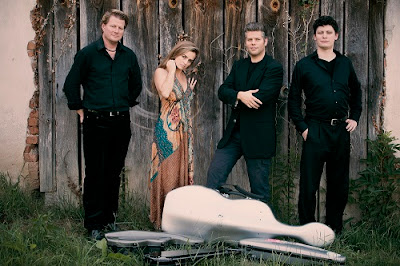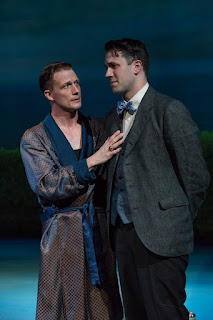Rachel Barton Pine brings Vivaldi's mastery of the viola d'amore to the fore

The viola d'amore is a special interest of Rachel Barton Pine's. Among the most valuable recent releases from Cedille Reords is a magnificent disc of Antonio Vivaldi's six concertos for viola d'amore, with Rachel Barton Pine as soloist with Ars Antigua . For the most part, the accompaniments are for string orchestra with harpsichord (David Schrader), but a particularly fascinating piece is the Concerto in F major, RV 97, with the resonant string instrument partnered with horns and oboes, plus (in the slow second movement), a bassoon. The viola d'amore, which gave way to the viola we know today, enjoyed a vogue in the Baroque era because its equal number of bowed and resonating strings (totaling 12) gave it a warm aura as a solo instrument that could hold its own in the ensembles of the day. And this is how Pine plays it, fully engaged with the Chicago-based period-instrument ensemble. Vivaldi achieved a great deal of variety in his settings for the ins















